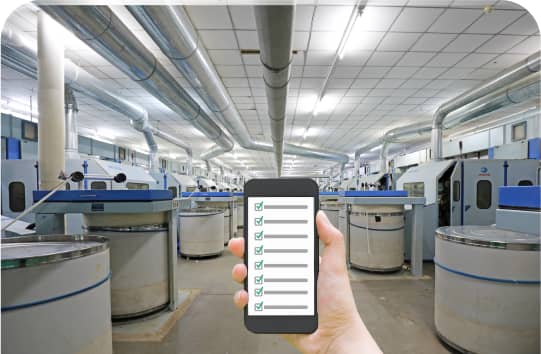Asset Inventory Tracker: Streamline Your Asset Management
As enterprise investments in assets grow and assets become more mobile and diverse, efficient management becomes crucial for operational success. An Asset Inventory Tracker serves as an indispensable tool for organizations to track their physical assets and monitor, manage, and optimize their use. By adopting such systems, businesses can ensure better resource allocation, reduce wastage, […]
Asset Manager

Who is an Asset Manager? Asset Managers are expert practitioners accountable for the holistic administration of physical assets within a corporation. These assets, characterized by extended life cycles, encompass machinery, equipment, infrastructure, and real estate. TL;DR Asset Managers oversee physical assets, such as machinery, equipment, infrastructure, and real estate, with a focus on their […]
Asset Users
Who are Asset Users? In the context of asset management, asset users are the people who use assets on a regular basis. They can be employees, contractors, or even customers. Asset users are responsible for the proper use and care of assets, and they should be aware of the risks associated with misuse or damage. […]
Work Order Management
What is Work Order Management? Work order management is the process of efficiently organizing and processing maintenance requests to minimize asset downtime. Traditionally, maintenance teams relied on paper-based work orders, but modern companies have shifted towards Computerized Maintenance Management Systems (CMMS) for more effective document management. A work order typically includes essential details for maintenance […]
Vendor Asset Management (VAM)
What is Vendor Asset Management? Vendor asset management (VAM) is the process of managing assets that are owned by vendors but used by your organization. This includes assets such as equipment, software, and services. TL;DR Vendor Asset Management (VAM) is the process of overseeing assets owned by vendors but utilized by your organization, including […]
Software Asset Management
What is Software Asset Management? Software Asset Management, commonly referred to as SAM, encompasses a comprehensive set of processes, policies, and procedures designed to support the entire software lifecycle within an organization. TL;DR Software Asset Management (SAM) is a strategic approach for overseeing the entire software lifecycle in organizations, from procurement to retirement. SAM […]
RFID Asset Tracking
What is RFID Asset Tracking? RFID asset tracking is a systematic approach to document and manage all physical assets within a company. This technology automates traditionally manual asset management processes, resulting in substantial labor savings and improved efficiency. TL;DR RFID Asset Tracking automates manual asset management, offering real-time visibility, accountability, and movement tracking of […]
Real-Time Location System (RTLS)
What Is a Real-Time Location System (RTLS)? Real Time Location System (RTLS) is a technology that accurately determines the real-time location of objects or people within a given area. It is not a single, specific technology but rather a concept that can be achieved using various systems and methods for asset tracking and management. RTLS […]
Net Book Value
What Is Net Book Value? Net Book Value represents the historical cost of an asset, reduced by depreciation, amortization, or depletion. It adheres to the fair value reporting principle, where assets are reported at market value. Fair value reporting entails determining an asset’s sale price, assuming a willing buyer and seller with ample knowledge engage […]
IT Asset Management
What is IT Asset Management? IT Asset Management (ITAM) is the comprehensive process of monitoring and overseeing an organization’s IT assets throughout their entire lifecycle. This entails not only tracking these assets but also ensuring they are utilized effectively, properly maintained, upgraded when necessary, and appropriately disposed of at the end of their useful life. […]
